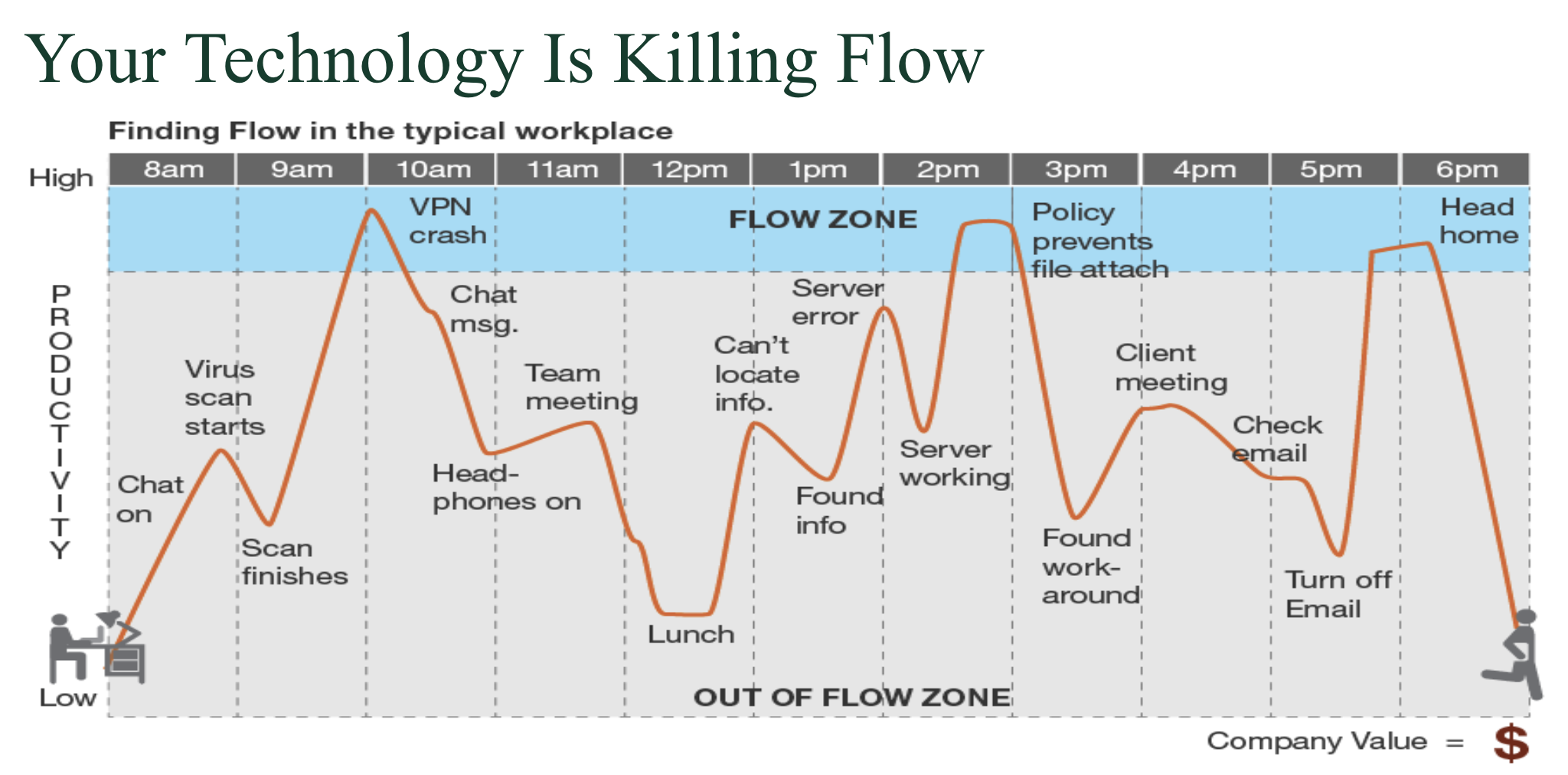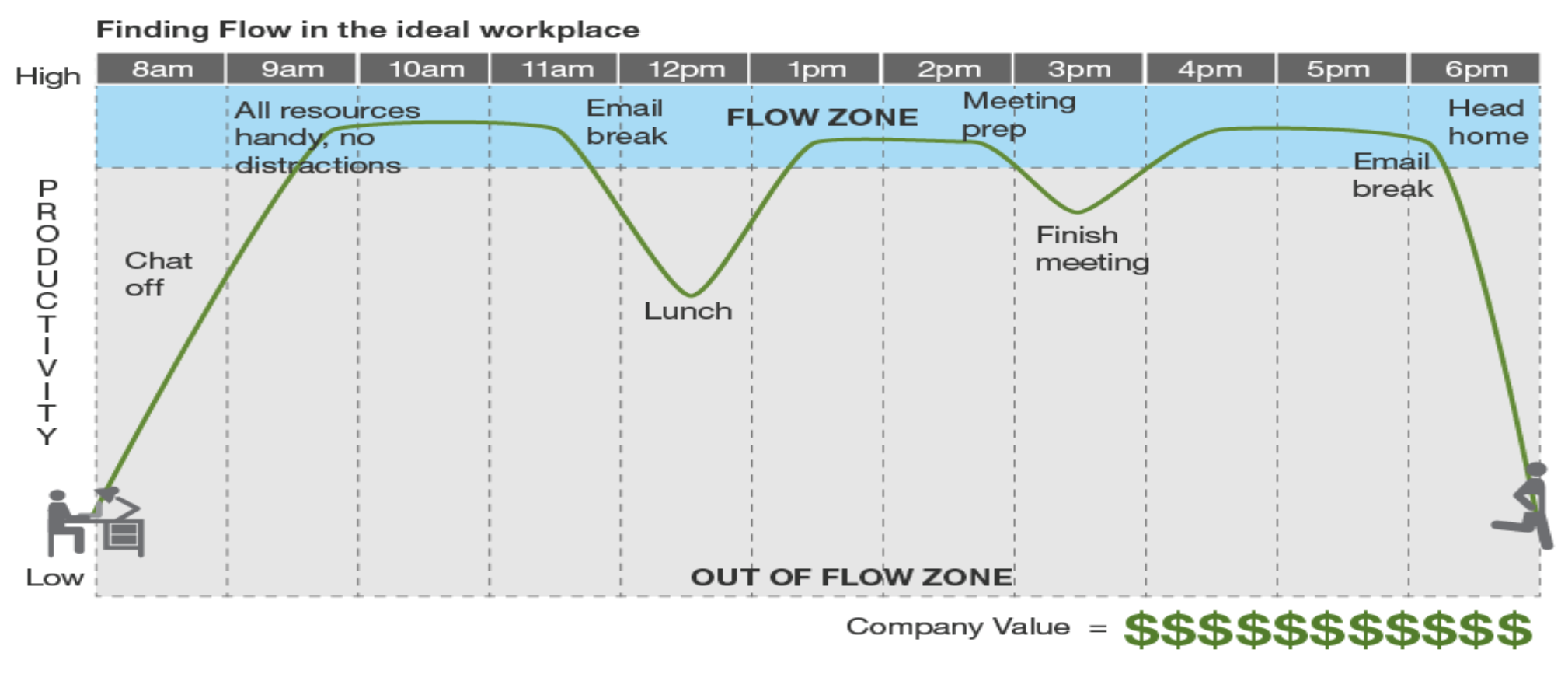On November 19th, Forrester and Bright Pattern hosted a joint webinar centered on turbocharging your existing ITSM solution. The webinar featured insights from experts and luminaries of the ITSM field, including Charles Betz, the principal analyst in ITSM at Forrester, and Kevin Smith, ITSM/ESM expert and distinguished author.
In case you missed the webinar, here are the key takeaways:
Employee Autonomy
With the COVID-19 pandemic that began early in 2020, contact centers around the world experienced sudden change and had to adapt to a new environment. Charles Betz described the new environment with the acronym “VUCA”, meaning “Volatile, Uncertain, Complex, Ambiguous”. Billions of people have been impacted by the crisis, and many were required to shift their workspace to the home office. This huge transition to an entirely remote workforce has drastically changed the contact center industry. Despite this, many contact centers were able to keep their operations running smoothly from the home office and are seeking to keep these remote capabilities permanent.
The transition to the remote workforce has highlighted the importance of worker autonomy. “Knowledge workers are the engine of the economy”, according to Charles Betz. Betz continues, saying, “The knowledge worker requires autonomy. They require an environment where it’s understood that they’re continuously learning.” Modern employees need the resources and knowledge to be self-sufficient, and this need has only been heightened during the COVID-19 crisis, when many employees were disconnected from their coworkers and had to become increasingly reliant on themselves.
Information Needs for Knowledge Workers
To meet the rapidly changing work environment, especially amid the COVID-19 pandemic, many companies have to adopt new technologies that help keep the employee “flow” consistent and frictionless. This is especially crucial in a remote environment, where employees may have higher friction in their work environment due to the lower amounts of connection with their peers and supervisors. In the ITSM industry, looking for information is an example of an activity that can affect work flow for the analysts. According to the McKinsey Global Institute, “highly skilled, knowledgeable workers spend 20% of their time looking for internal information or tracking down colleagues who can help with specific tasks.”

In the ideal workplace, all resources are on-hand with no distraction, which will decrease workplace friction and increase employee satisfaction and productivity.

Rise of Automation and AI
Automation has opened the doors to more possibilities for many ESM and ITSM organizations. According to Kevin Smith, “The tools [for automation] have gotten really good, and working with some of the best organizations globally, you can see a strong trend in the very best ESM and ITSM organizations. They are investing aggressively in automation and the standard we need to think about is getting to 90% automation in our primary processes by 2025.” Automation creates velocity and agility for ITSM and ESM organizations, and the tools for AI and automation have advanced tremendously over the past decade. Investing in and trusting in AI is now safe and a sure way to see immediate ROI and boost your ESM capabilities.
There are many functions within a service management organization that AI can help streamline. One example is the chat bot. The chat bot has been deployed with great success. Chat bots have increased call deflection for service management providers, saving time for the agent and money for the company. Chat bots, through natural language processing and sentiment analysis, are now able to help clients with routine tasks, freeing up agents to assist in more pressing issues.
Another example is conversational AI. Conversational AI utilizes text and sentiment analysis to process natural language through NLP, or natural language processing. Through NLP, AI can help clients perform routine tasks like password resets and outbound notifications. NLP can also help analysts and agents by performing tasks like searching for information in the knowledge base quickly.
Investing in AI and automation is critical for any ESM organization, and can save businesses tons of time and money.
A New Way to Communicate
A unified way to communicate is the new model for ITSM communication. This means a unified way for employees to communicate with each other, and for employees to communicate with clients.
In the past, multichannel setups were the norm. This means channels like voice, email, video, chat bot, and text messaging weren’t unified in a seamless way. This gave both the agent and the client a disjointed experience that increased friction and frustration for both the company and the client. This disjointed experience can lead to serious consequences, like leaving the client in the dark about the status of an incident, or even losing their requests and tickets.
Omnichannel is the new, unified way to communicate. Omnichannel unites all digital channels into one seamless experience, allowing the customer journey and the employee experience to be frictionless and flexible. The frictionless journey and flexibility that an omnichannel set-up provides can put customers and clients at ease, and is the key to a happy customer. Omnichannel will make communication easier, and will improve proactive communications between agents and clients. Tasks that an omnichannel system makes easier, like informing clients and employees about things like incident and request status, can make a huge difference.
Self-Service, the New Standard
Self-service is a crucial, but tricky piece of service management. According to Kevin Smith, “Self-service is a natural model where when you do it well, it’s easy to love, but when you don’t do it well, it could be easy to hate.” Self-service can exacerbate problems if done poorly, but an effective self-service system can make things simple and convenient for the client. Great self-service can also guarantee 24/7 service for customers, with customers being increasingly on-the-go and needing more flexible service hours. Self-service puts people in charge, making it perfect for mobility and naturally empowering for both the agents and clients.




